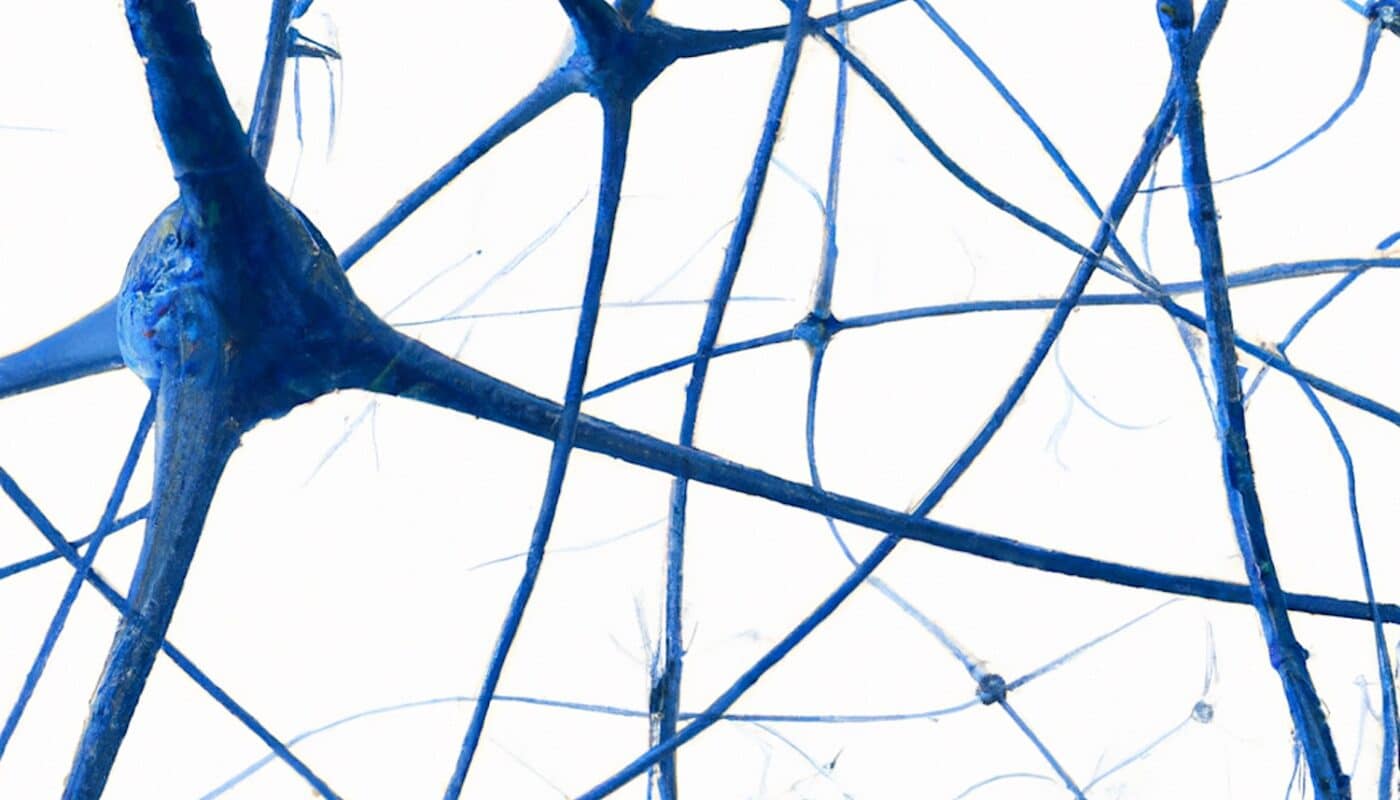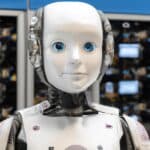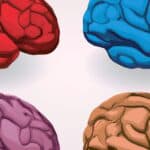Recent advances inartificial intelligence (AI) and neural networks have ushered in a new era of technology and innovation. In this article, we explore the key concepts and potential applications of these constantly evolving technologies.
Defining artificial intelligence and neural networks
Artificial intelligence is the creation of computer systems capable of learning and solving problems autonomously. The field of AI is vast and includes various sub-disciplines, such as automatic natural language processing, computer vision and machine learning.
Neural networks are a particular type of machine learning architecture inspired by the workings of the human brain. They are made up of interconnected nodes called “neurons” and are organized in successive layers. Input data is passed from one layer to the next until an output is generated. The main aim of neural networks is to recognize patterns in input data and use this information to make predictions or decisions.
Types of neural networks
There are several types of neural network, each with its own characteristics and applications. Here are some examples:
- Feedforward neural networks: In these networks, information flows in a single direction, from input to output. They are often used for classification and regression tasks.
- Recurrent neural networks (RNN): Unlike feedforward networks, RNNs have connections that loop back on themselves, enabling them to process sequences of data over time. These networks are particularly useful for natural language processing and speech recognition.
- Convolutional neural networks (CNN): CNNs use convolutional filters to analyze local portions of an image or signal. They are widely used in computer vision for object recognition, face detection and image segmentation.
Learning techniques for neural networks
Neural networks learn by adjusting the connection weights between their neurons to minimize an error function. The most common learning techniques are :
- Supervised learning: The algorithm is trained on labeled input-output examples. The aim is to generalize from these examples to make predictions on new data.
- Unsupervised learning: No labels are supplied to the algorithm, which must therefore discover the underlying structures and patterns in the input data itself.
- Reinforcement learning: In this approach, an agent learns to make decisions by interacting with its environment. He receives a reward or punishment for each action he takes, enabling him to gradually improve his performance.
Potential applications of artificial intelligence and neural networks
Artificial intelligence and neural networks have already been used successfully in many fields. Here are some of the most promising applications:
Voice recognition
Speech recognition systems based on neural networks are now widely used in personal assistants such as Siri, Google Assistant and Amazon Alexa. These technologies enable users to interact easily with their electronic devices simply by using their voice.
Automatic translation
Neural networks have considerably improved the quality of machine translations, as demonstrated by the Google Translate service. By processing words and phrases in their full context, deep learning algorithms can generate more accurate and natural translations.
Process automation
Artificial intelligence can also be used to automate numerous business processes, such as document classification, automating email responses or extracting relevant information from unstructured data. This saves time and improves operational efficiency.
Autonomous vehicles
Driverless cars have the potential to transform the way we get around and dramatically reduce road accidents. Neural networks play a central role in this revolution , helping vehicles to perceive their environment and make decisions in real time.
Challenges and prospects
Artificial intelligence and neural networks have already made remarkable advances, but many challenges remain. For example, current algorithms often require large amounts of training data to function correctly, which raises issues of confidentiality and ethics. What’s more, neural network-based models are sometimes referred to as “black boxes”, in that it’s difficult to understand how they make their decisions.
Nevertheless, researchers continue to push back the frontiers of our knowledge and explore new approaches to make artificial intelligence more efficient, transparent and ethical. The future looks set to be rich in innovation, and promises to further revolutionize the way we live, work and communicate.











